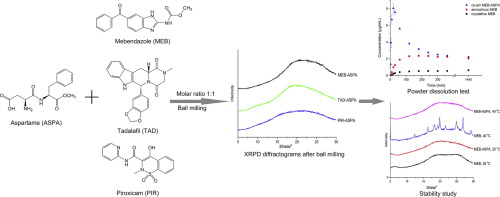- Home
- Blog
- News
- Basics
- Sources
- Agencies, Regulatory & Organisations
- CERSI Excipients Browser
- Excipient Report
- Excipient DMF List
- EXCiPACT Certified Companies
- Excipient Documentation
- Excipient EINECS Numbers
- Excipient E-Numbers
- FDA Inactive Ingredient List
- FDA GRAS Substances (SCOGS) Database
- IPEC Americas
- USP - U.S. Pharmacopeia
- Definitions
- Whitepapers / Publications
- Supplier
- Services
- Media
- Events
- 1st pharmaexcipients Poster Award
- Event Calendar
- Events featured by pharma-excipients
- 4th Annual Formulation & Drug Delivery Congress
- DDF Summit
- ExcipientFest Americas
- ExcipientFest Asia
- Global CompliancePanel
- International Conference and Exhibition on Pharmaceutics & Novel Drug Delivery Systems
- Formulation & Drug Delivery USA Congress
- Laboratory Medicine 2018
- Making Pharmaceuticals Europe
- Making Pharmaceuticals Exhibition
- Pharma Integrates
- PharmaExcipients China @CPhI China
- TTC Technology Training Center
- Jobs
- Online Sourcing
- Contact
04. August 2018
Co-amorphous drug delivery systems are a promising approach to improve the dissolution rate and therefore potentially the oral bioavailability of poorly-water soluble drugs. Several low molecular weight excipients, for instance amino acids, have previously been shown to stabilize the amorphous form and increase the dissolution rate of drugs. In this study, the feasibility of aspartame, a methyl ester of the aspartic acid-phenylalanine dipeptide, as a co-former was investigated and compared with...
23. July 2018
There are a multitude of sweeteners available to the pharmaceutical scientist. Sweeteners may be broadly grouped into two categories – nutritive and non-nutritive. Nutritive sweeteners delivercalories and as their name suggests, non-nutritive do not. Non-nutritive sweeteners can be further characterized as bulk (sugar alcohols) and high intensity (artificial). Some excipients that are sweet are often incorrectly listed in publications as “sweeteners.” These are excipients used primarily...
12. September 2017
The goal of this study was to prepare sustained release microparticles for methyl blue and aspartame as sparingly and freely water-soluble model drugs by lipid film coating in a Mini-Glatt fluid bed, and to assess the effect of coating load of two of lipids, hard fat and glyceryl stearate, on the release rates
08. June 2015
The STEP stands for Safety and Toxicity of Excipients for Paediatrics. The Safety and Toxicity of Excipients for Paediatrics (STEP) Database is a user-designed resource developed by European Paediatric Formulation Initiative (EuPFI) and United States Paediatric Formulation Initiative (USPFI) in collaboration for storage and rapid/effortless access to the safety and toxicological data of excipients that is scattered over various sources and presents it in one freely accessible source. It is a...



